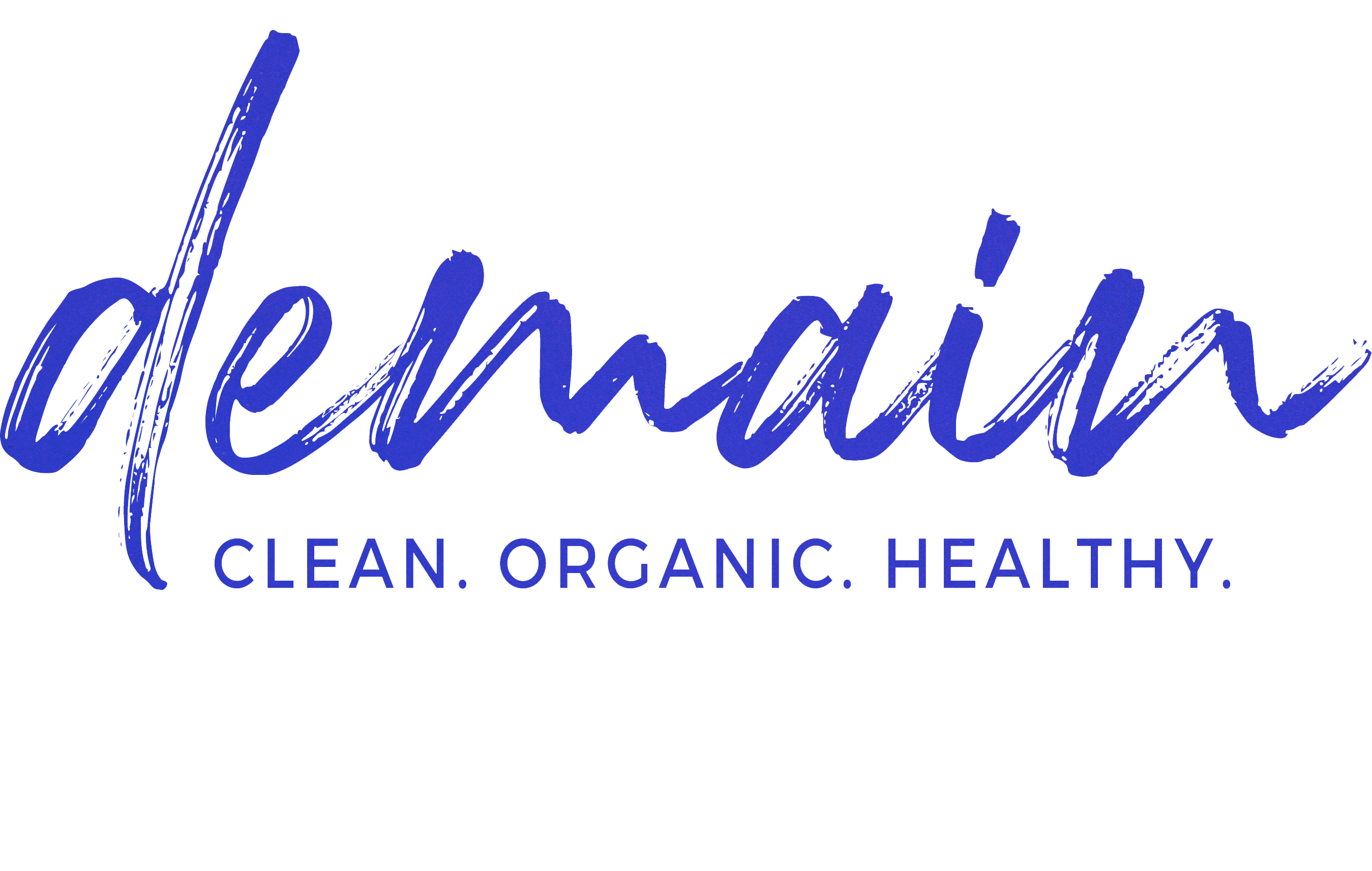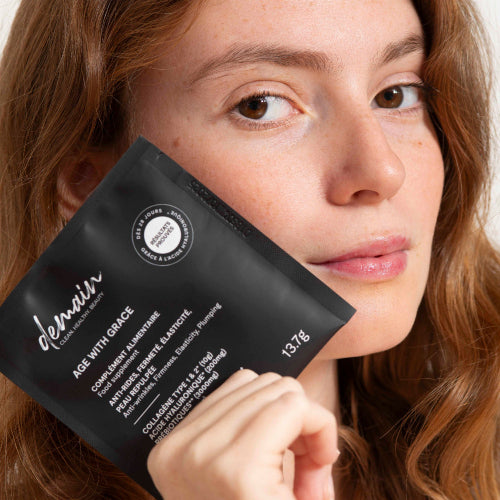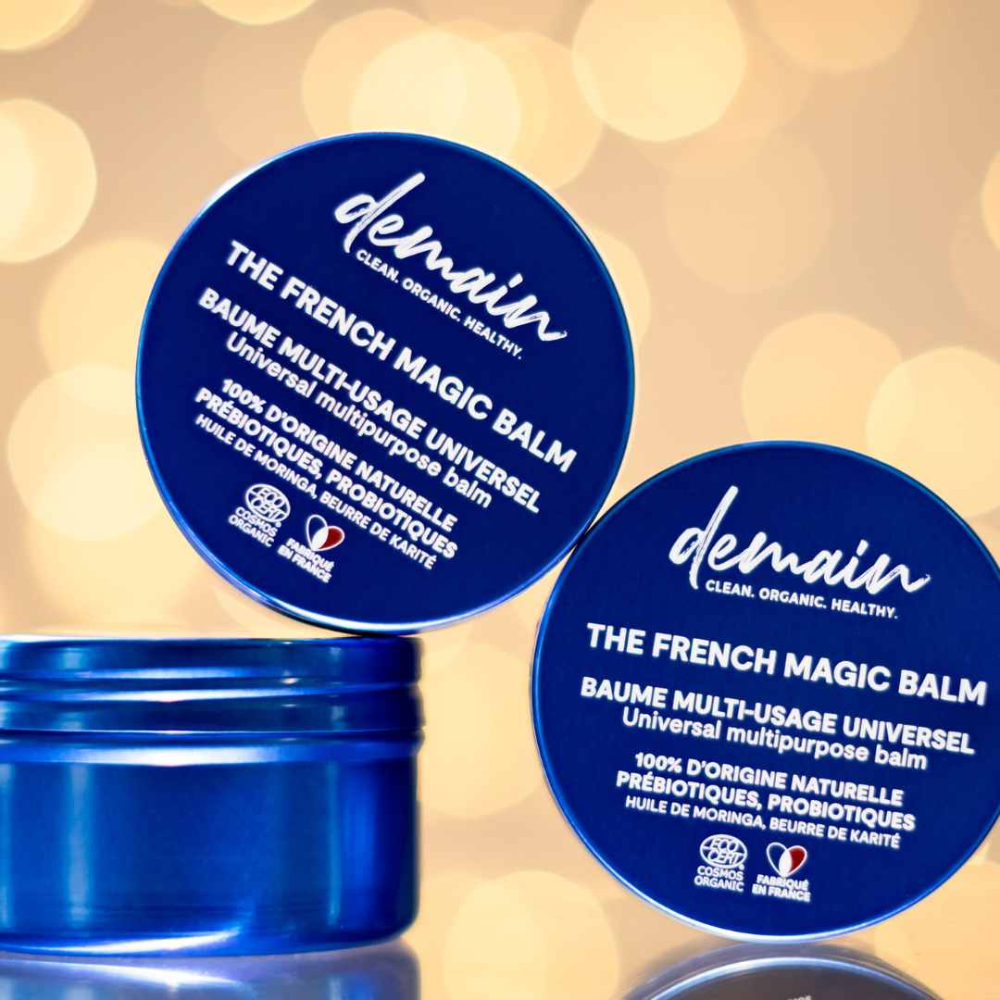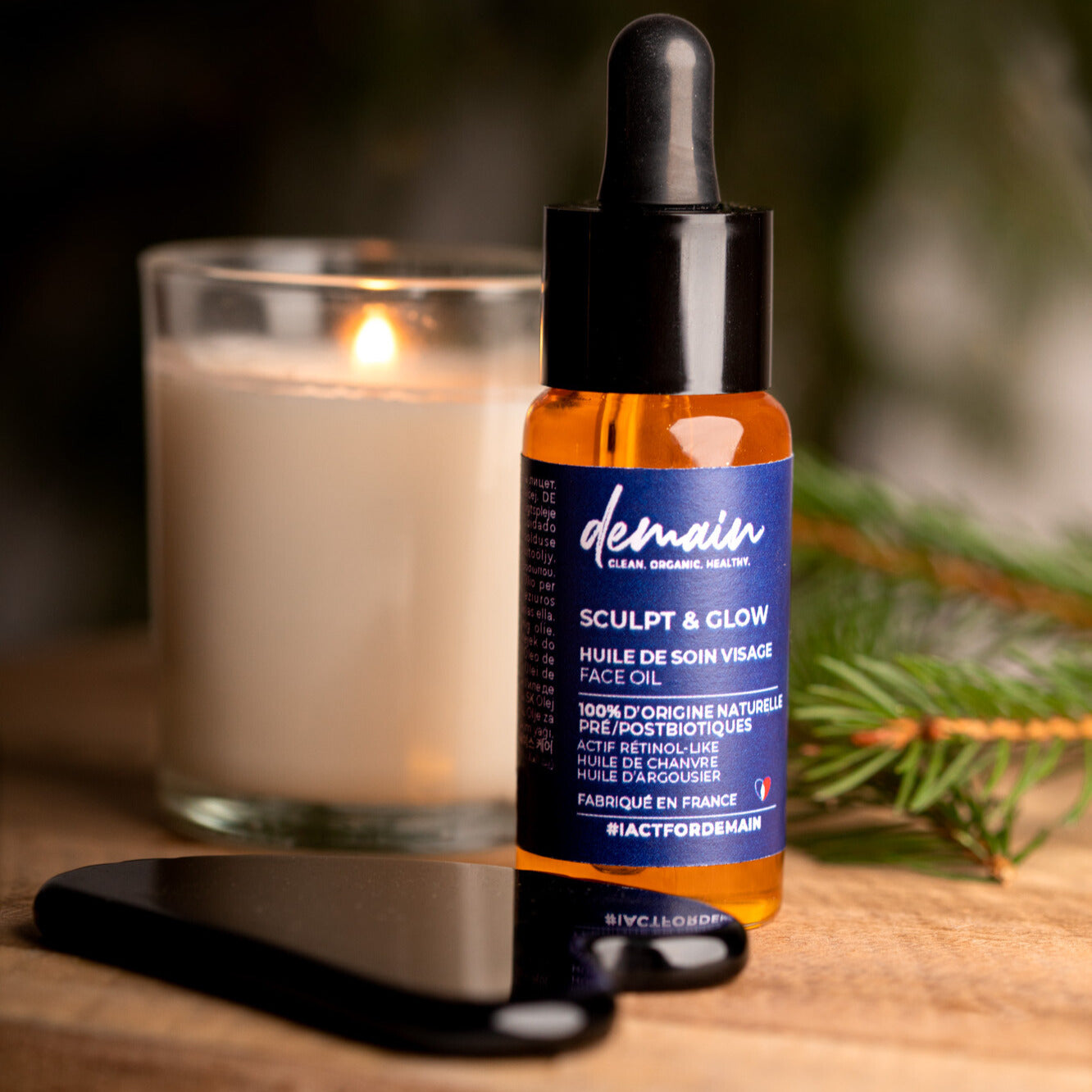Exfoliation, a crucial step in skin care, aims to eliminate dead cells present on the surface of the epidermis. Thanks to specific products such as scrubs or chemical peels, exfoliation reveals softer and brighter skin. However, it is essential to choose the right exfoliant for your skin type and to use it correctly. Explore the world of exfoliation and discover its benefits for a luminous complexion. Complete your routine with our range of radiant facial care for a radiant effect.
The benefits of exfoliation for the skin
Exfoliation offers many benefits for the skin. It stimulates cell renewal and helps eliminate impurities and dead cells that dull the complexion. This action promotes smoother, softer and brighter skin.
- It also facilitates the absorption of skincare products. Indeed, well-exfoliated skin allows better penetration of the active ingredients in moisturizing or anti-aging creams for optimal care.
- Exfoliation can also help regulate sebum production, which is beneficial for oily skin.
- Finally, it stimulates blood circulation , which improves skin radiance and can help with collagen production.
It is therefore an essential step in a skincare routine to maintain healthy and luminous skin.
Exfoliating facial treatments: Which product to choose?
Selecting a facial exfoliator involves considering several factors depending on your skin type and specific needs.
For oily skin , it is recommended to opt for products that contain fruit acids like AHAs which help control excess sebum and tighten pores.
Sensitive skin , on the other hand, can benefit from gentle [mechanical exfoliation] or enzymatic exfoliants, which are generally less irritating.
If you have skin imperfections like dark spots or dullness, look for exfoliators that contain brightening ingredients like vitamin C.
Here are some popular options:
- Mechanical exfoliant : Uses physical particles to remove dead cells.
- Chemical exfoliant : Contains acids that dissolve the bonds between dead cells.
- Enzyme Exfoliant : Uses enzymes to break down dead skin cells.
It is crucial to do a skin test before adopting a new product, to ensure that it does not cause irritation.
Gentle exfoliating treatment: Why and for whom?
Gentle exfoliation is a great choice for those with sensitive skin or looking for a gentler option for exfoliation. This type of treatment uses gentle ingredients to remove dead skin cells without irritating the skin.
It is especially recommended for people with reactive or easily irritable skin. Gentle exfoliants are usually formulated with anti-inflammatory ingredients like oatmeal or cucumber, which soothe the skin while promoting cell renewal.
This type of treatment can also be a good option for people who exfoliate their skin frequently. Indeed, an exfoliating treatment that is too aggressive can, in the long run, weaken the skin. A gentle exfoliating treatment helps avoid this risk while maintaining the benefits of exfoliation. Use the Go For Glow exfoliating treatment, the best gentle exfoliant!
When and how to use a facial scrub?
The use of facial exfoliants depends on your skin type and the nature of the exfoliant. In general, exfoliation can be done once or twice a week for normal to dry skin, and up to three times a week for oily skin. However, it is recommended to consult a dermatologist to determine the ideal frequency for your skin.
Exfoliation should always be performed on clean skin. Apply the exfoliant to your face in gentle circular motions , avoiding the delicate area around your eyes. Once the application is complete, rinse with lukewarm water and gently pat your face dry.
If you use a chemical exfoliant, it is best to use it in the evening, as these products can make the skin more sensitive to the sun. After exfoliating, don't forget to apply a moisturizer to nourish the skin and promote its regeneration. Finally, using sunscreen the next day is essential to protect the newly exfoliated skin.
Is it good to exfoliate your skin every day?
Exfoliating daily may seem like a tempting way to maintain blemish-free skin. However, this frequency can be excessive for some skin types and can cause irritation, excessive dryness or increased sensitivity. The natural turnover of skin cells typically takes between 25 and 30 days. Therefore, exfoliating too frequently can disrupt this natural process and weaken the skin barrier. Dry or sensitive skin in particular can suffer from this daily practice. It is therefore recommended to moderate the frequency of exfoliation, generally between one and three times a week, depending on your skin type and its tolerance.
How to choose your exfoliant according to your skin type?
Each skin type requires a specific exfoliating treatment. For oily skin , opt for exfoliants containing activated charcoal or clay, known for their absorbent properties. Dry skin , on the other hand, will benefit from exfoliants based on nourishing oils like sweet almond or jojoba oil. Those with sensitive skin should favor gentle exfoliants based on oatmeal or cucumber. For mature skin , exfoliants containing antioxidants, like resveratrol or vitamin E, can help fight the signs of aging. Finally, if you have combination skin , choose an exfoliant that balances hydration and removal of impurities, like those based on hyaluronic acid and activated charcoal.
Natural exfoliants: Why and how to use them?
If you're looking for a gentler, more eco-friendly solution for your skin, natural exfoliants are a great alternative. Packed with natural ingredients , they offer similar benefits to traditional exfoliants, while avoiding potentially irritating chemicals.
Natural exfoliants are usually made from plant particles , such as almond or walnut shells, sugar, salt or even coffee grounds. They help eliminate dead cells without damaging the skin.
These scrubs can be used in the same way as traditional exfoliants. Apply them to clean skin, using gentle circular motions. Then rinse with warm water and moisturize your skin.
For a homemade exfoliation, you can also make your own mixtures. For example, a mixture of honey and sugar will make an excellent facial scrub. However, it is essential to do a skin test before using a new ingredient to avoid any allergic reactions.
The importance of the mask after exfoliation
After an exfoliation process, applying a mask can be an essential care gesture. Exfoliation opens the pores and prepares the skin to receive the nutrients of a mask. Depending on the skin type and its needs, it is possible to opt for various masks: moisturizing, purifying, nourishing.
So, when a mask is applied after exfoliation, it penetrates more effectively into the surface layers of the skin, optimizing its benefits. It also helps to soothe the skin, reducing any potential irritation caused by exfoliation.
- For dry skin, a nourishing mask made with natural oils or butters can be beneficial.
- For oily skin, a clay mask can help regulate excess sebum.
- Sensitive skin may prefer a soothing mask with aloe vera or cucumber.
Remember to follow the manufacturer's instructions regarding the length of time to leave the mask on and the frequency of use.
Body exfoliation: How to do it and with which product?
Body exfoliation follows a similar principle to facial exfoliation, but often requires more robust products due to the thicker texture of the skin. Use a specific body scrub, often more granular, to effectively remove dead cells. Products can range from grain scrubs to loofahs to body brushes.
Apply to damp skin, starting at the feet and working your way up the body. Gently massage the product into your skin using circular motions to stimulate blood circulation. The recommended exfoliation frequency is typically once a week, but this may vary depending on your skin type and specific needs.
Body exfoliation can be completed by applying a moisturizing lotion to nourish the skin and promote its regeneration.
Exfoliation or chemical peel: What’s the difference?
Exfoliation and chemical peeling are both methods of exfoliation, but they work differently. Exfoliation, also called mechanical exfoliation, uses abrasive particles to remove dead cells from the surface of the epidermis through friction. These particles can be natural, such as grains of sugar or salt, or synthetic.
On the other hand, chemical peeling acts more deeply. It uses acids or enzymes that dissolve the bonds between dead cells and the skin, allowing their elimination. Depending on the concentration and type of acids used, the effect can be superficial, medium or deep, thus influencing the recovery time after treatment.
It should be noted that the two methods can be complementary, and their choice depends on the skin type and specific needs of each person.










